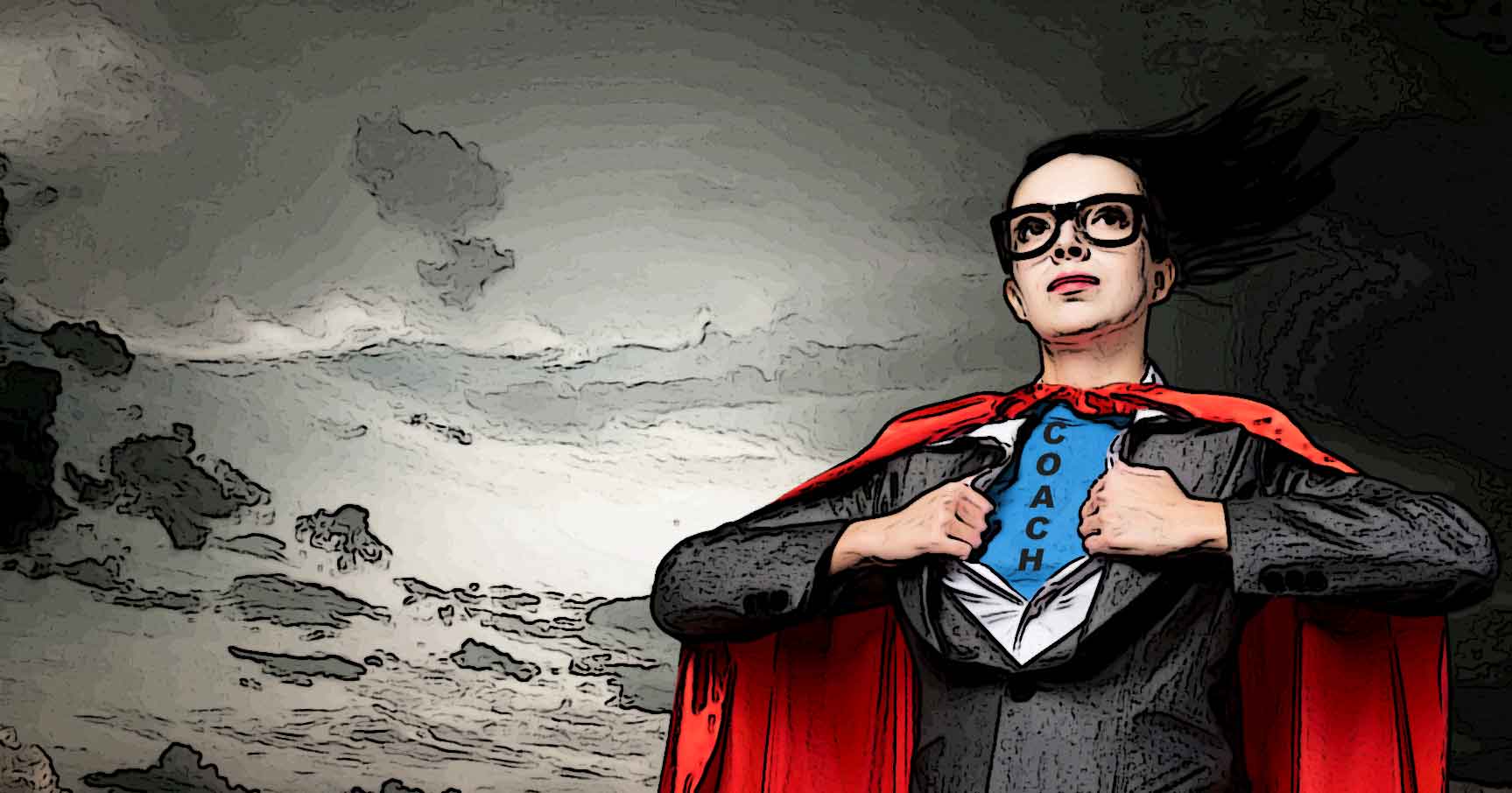-
- 11 Apr
There are two large categories of roles a coach needs to be concerned with – first, the roles that the coach can and will fill, and second, those that a client thinks the coach can and will fill. What makes this challenging is that clients don’t usually make it clear what role they want a coach to play. Sometimes they aren’t even sure.
Many clients expect coaches to do consulting, facilitation, training, or some other typical corporate function. Sometimes they’re looking for a role that’s closer to sports coaching. They anticipate that the coach will play a similar role to their favorite (or feared) high school coach, depending on the context of the engagement. Each of the roles I’ve mentioned bring a different set of client anticipations in the form of hopes, wishes, expectations, fears, and judgments.
Occasionally a client will have a very special role in mind; that of organization superhero. When I say “organization”, that can mean a company, business, team, community or even family. The client wants the coach to swoop in, righting the organization wrongs, overthrowing the evil dictators at the top, and restoring peace, harmony, and prosperity to the good people of the collective. They imbue the coach with great powers and knowledge beyond that which a mere mortal can possibly have. There are equivalent expectations of the coach’s performance levels.
What are a coach’s choices when met with this?
1 – Step up, change into the appropriate superhero costume, and attempt to engage the situation as the superhero the client sees them to be.
2 – Continue acting on their own definition of a coaching role, despite what the client expects.
3 – Stop and have a contracting and clarification session with the client, defining what a coach can and can’t do.Each of these choices will carry a best and worst possible outcome, both for the client and the coach.
Coaches often put pressure on themselves to meet whatever client expectations are presented, and if they don’t, view themselves as failing in their performance, disappointing their clients, and never getting business again. That might pressure a coach into Choice “1”. Additionally, superhero expectations come with great admiration, which can be incredibly flattering to a coach. The coach is regarded with more credibility and ability than they may have ever experienced before. Choice “1” is seductive.
Ultimately, though, unrealistic expectations lead to disappointment, potentially creating more organizational damage than good.
As coaches we must step back and look at the overall impact of our interventions, from beginning to end, and do our best to create realistic expectations in the system. From the perspective of overall ‘greatest good’, that leads us to Choice “3”. The coach will stop and have a contracting and clarification session.
There are two main risks in this choice. First of all, the client may be incredibly disappointed, even deflated, and may discontinue the effort. The second risk is that the client will hold onto their expectations and move to another person—one who actually sees themselves as that superhero coach (and there are some out there). In that scenario the first coach loses the contract.
The best case in Choice “3” is that the client begins to understand, take responsibility and grow, and own his, her, or their personal power in the situation. When that occurs, the coach moves to Choice “2”, increasing the chance of doing something good with the client and the system they’re in.
As coaches, we have the potential to provide insight beyond the typical day-to-day interactions of our client groups, past the chatter of business, to help clients look deeper within. The most powerful coaches show up differently from client systems, fearlessly mirroring back the patterns and structure of the interactions, rather than the shared content and story. These coaches make a difference by championing the good within the client, and helping them reach beyond the habitual to find newer, more powerful ways of interacting.
Our coaching presence is the superpower we truly bring. The best case scenario is that it supports our clients do the work that’s theirs, not ours; righting the organization wrongs, overthrowing evil dictators, and restoring peace, harmony, and prosperity to the good people.
About the Author
Jeff Evans, Ph.D MCC
Jeff is co-founder and training director of Envision Coach Training. He is also CEO of Envision Global Leadership, a leadership assessment and development company.

